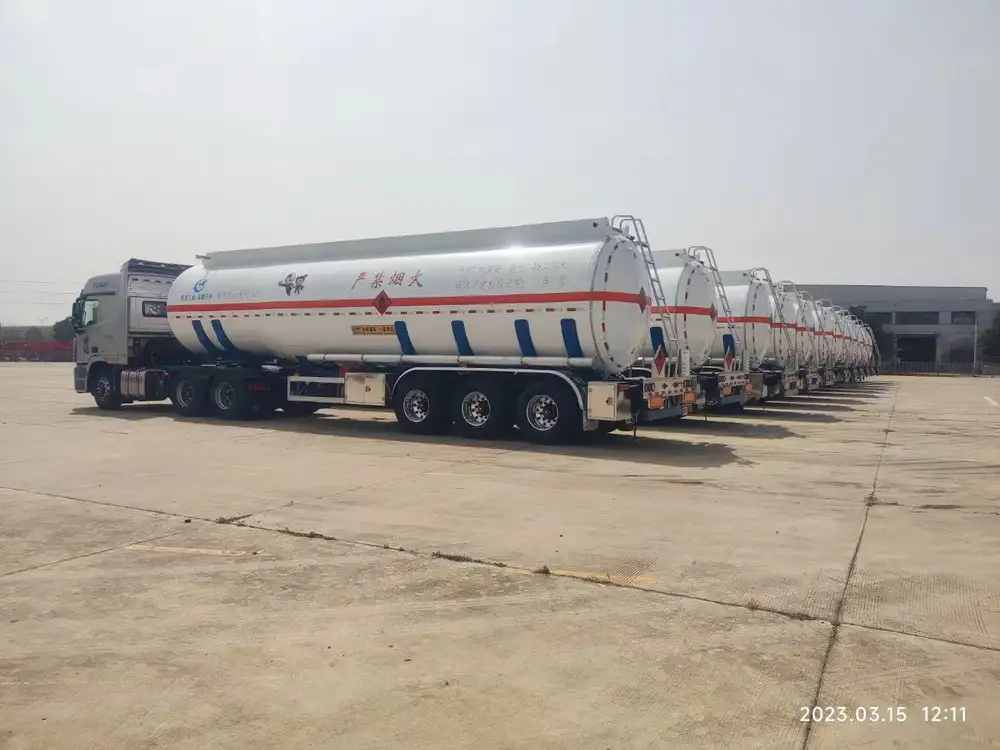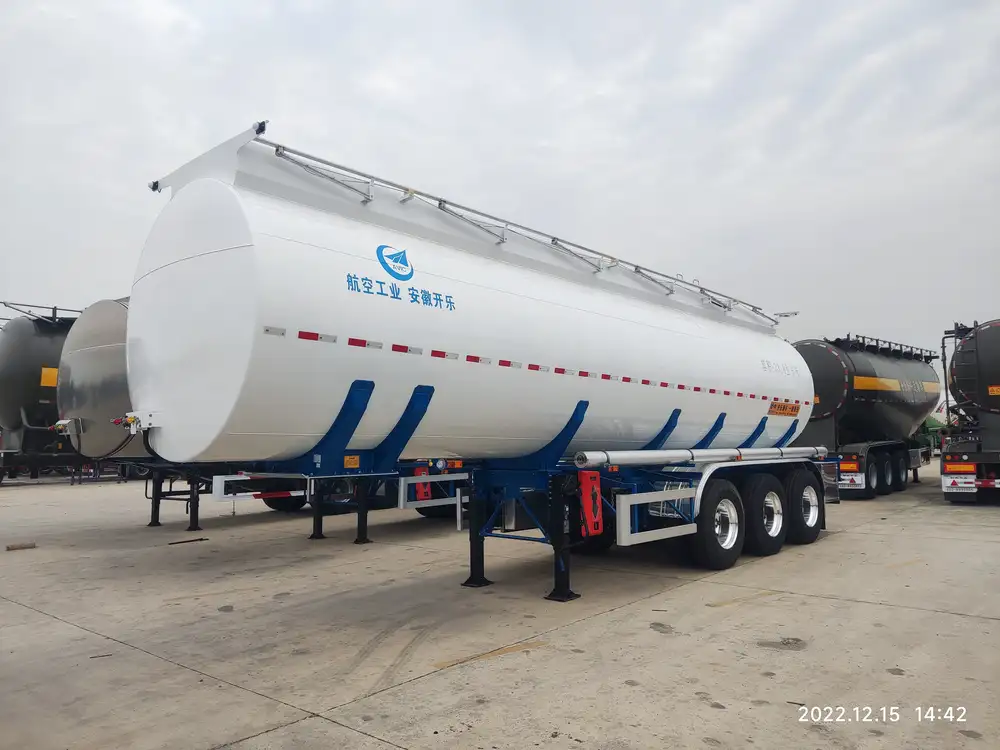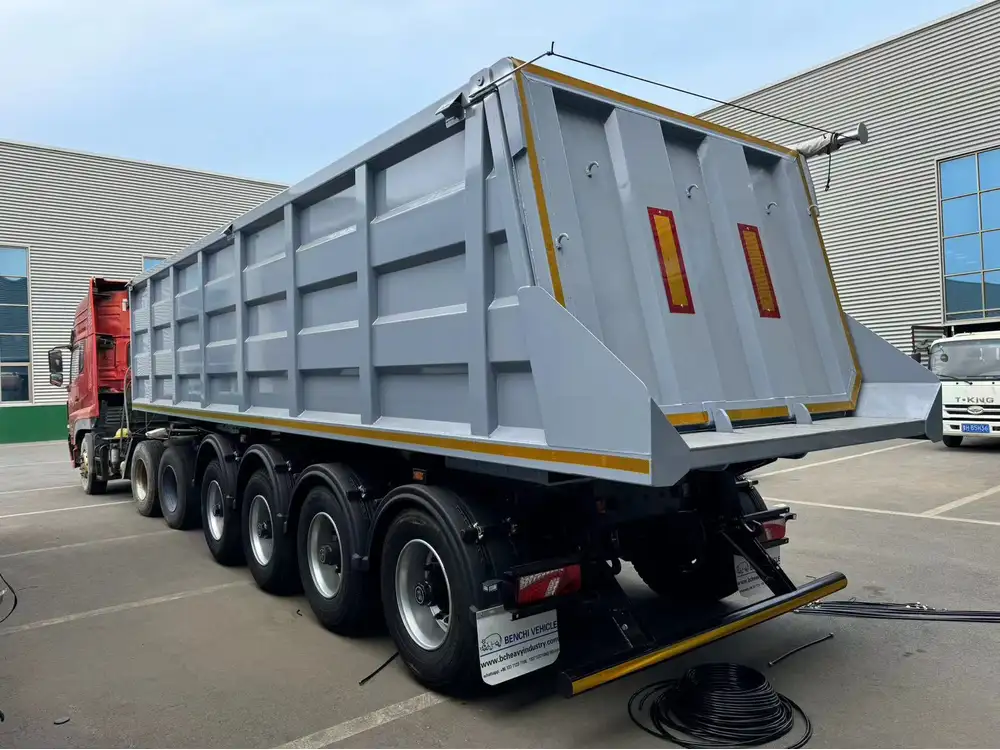Flatbed car trailers are essential for transportation in various industries, from automotive to heavy machinery. Understanding their dimensions, particularly width, is important for ensuring safe and compliant hauling practices. In this article, we delve deep into the critical specifications of flatbed car trailers, addressing user queries comprehensively.
Overview of Flatbed Car Trailers
Flatbed car trailers are designed for the hauling of vehicles and oversized loads that other trailers may not accommodate. Their design is characterized by a flat loading surface without side walls, allowing for versatile loading options and easy access during the loading and unloading process. This non-enclosed design is ideal for transporting everything from cars to construction equipment.
Key Features of Flatbed Car Trailers
Here’s a concise comparison table outlining the key features of flatbed trailers:
| Feature | Description |
|---|---|
| Loading Surface | Flat and open design, often with tie-down points |
| Dimensions | Varies widely; typically ranges in length from 16 to 53 feet |
| Weight Capacity | Ranges from 3,000 to 30,000+ pounds based on design |
| Construction Material | Steel or aluminum options available |
| Tire Type | Various options, including heavy-duty and special-purpose tires |

Common Uses of Flatbed Car Trailers
- Vehicle Transport: Ideal for transporting cars, trucks, and motorcycles.
- Construction Equipment Hauling: Perfect for moving bulldozers, backhoes, and other heavy equipment.
- Agricultural Implement Transport: Effective for hauling large agricultural machines.
- Large and Oversized Materials: Useful for carrying prefabricated building elements, lumber, or steel beams.
Understanding Trailer Width
When considering trailer width, it’s crucial to align with the legal regulations, industry standards, and the specific needs of users. The width of flatbed car trailers can significantly impact safe hauling practices, loading configurations, and compliance with local laws.
Standard Widths for Flatbed Car Trailers
Flatbed car trailers commonly come in standard widths to facilitate efficient transport. Generally, trailer widths fall into these common categories:
- 8.5 Feet (102 Inches): This is the standard maximum allowable width for flatbed trailers in most states, allowing for substantial loading capabilities.
- 7 Feet (84 Inches): Often used for smaller jobs or specific vehicle transport needs where space is restricted.

Factors Influencing Trailer Width
Numerous factors can influence the width selection for flatbed trailers:
- Legal Limitations: Different states and countries will have varied regulations regarding maximum trailer widths.
- Load Configuration: Specific vehicles or equipment may require wider trailers to accommodate their dimensions comfortably.
- Type of Vehicle Being Hauled: The dimensions of the cars or machinery being transported dictate whether a standard or wider trailer is necessary.
Legal Considerations for Trailer Width
Ensuring that trailer widths comply with local regulations is paramount. In many regions, the allowable width for commercial trailers is 102 inches, while widths exceeding this may necessitate special permits or escorts. It’s essential to reference the local Department of Transportation (DoT) guidelines.
Consequences of Overwidth Trailers
Utilizing trailers that exceed the legal width limits can result in:
- Fines and Penalties: Each state has enforcement measures for width violations.
- Safety Hazards: Wider trailers can destabilize during transport, leading to accidents.
- Increased Insurance Costs: Violations can lead to higher premiums or challenges in securing coverage.

Best Practices for Selecting Flatbed Car Trailers
When deciding on a flatbed car trailer, several practices ensure you make an informed choice aligned with your needs:
Assessing Load Requirements
- Evaluate the Load Size: Ensure that the width accommodates the size and weight of the vehicle you plan to transport.
- Consider Weight Distribution: Overweight loads can lead to accidents and inefficiency. Always consider the weight when selecting the trailer.
Matching the Trailer Width to Vehicle Specifications
Here’s a simplified checklist for ensuring that the trailer width matches your vehicle requirements:
- List vehicle dimensions (length, width, height).
- Determine the overall weight of the load.
- Assess if any additional equipment (e.g., ramps, tie-downs) will be needed.
- Verify that the trailer width stays within legal limits.

Compatibility with Hauling Equipment
- Ensure your vehicle (truck or other towing vehicle) can safely tow the flatbed car trailer, considering its towing capacity, hitch type, and brake systems.
Enhancing Safety During Transport
Transporting vehicles safely is paramount, and employing proper safety measures can mitigate risks. Here are vital safety practices associated with flatbed trailers:
Proper Loading Techniques
- Load Distribution: Place heavier vehicles towards the front of the trailer as a rule of thumb.
- Securing Loads: Use appropriate tie-downs, chains, or straps to secure the cargo firmly, preventing shifting during transit.
- Ramp Utilization: If utilizing ramps for loading, ensure they’re rated for the weight and securely connected to the trailer.

Annual Maintenance Checks
Regular maintenance ensures optimal performance and safety:
| Maintenance Task | Frequency |
|---|---|
| Tire Inspections | Every trip |
| Brake Checks | Monthly |
| Frame Inspections | Every six months |
| Lights and Electrical | Before long trips |
Conclusion
In summary, understanding the question “how wide is a flatbed car trailer?” carries weight beyond mere curiosity. Dimensions, regulations, and practical usability must all intertwine for a successful hauling experience. When selecting a trailer, it’s important to consider not only width but also load requirements, legal regulations, and safety practices. By meticulously evaluating these factors, one can ensure efficient and lawful transport of vehicles and equipment, avoiding unnecessary complications down the road.
Additional Resources:
- Local Department of Transportation Websites: For updated legal specifications by state.
- Trailer Manufacturing Websites: For detailed specifications and custom options.
- Safety Guidelines: Check out the National Highway Traffic Safety Administration (NHTSA) for more information.
This comprehensive exploration is designed to leave no stone unturned regarding flatbed car trailers, providing users a robust foundation for informed decision-making.



